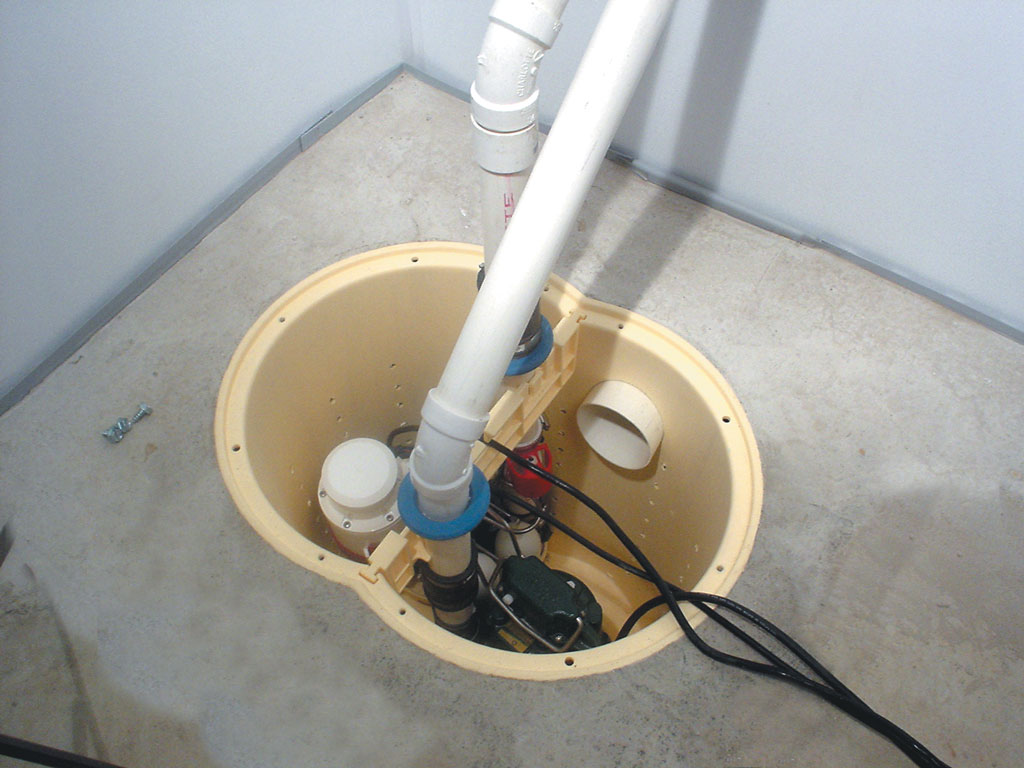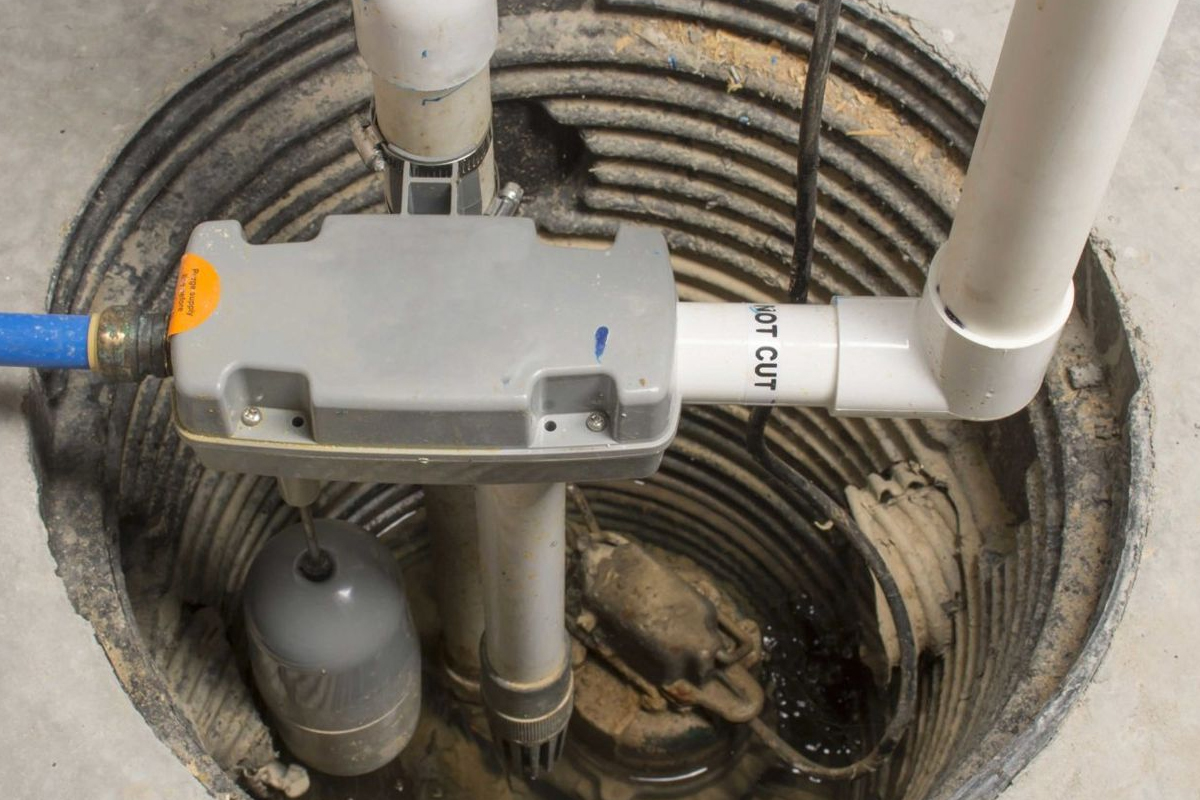Vision, Design, Remodeling
Sump Pump Installation
10+ Years Of Experience
Fully Bonded & Insured
1 Year Full Guarantee
Latest Tools & Techniques
Professional Sump Pump Installation in Atlanta
In your home, standing water can cause structural issues and health risks. A sump pump is a potential remedy. Installing a sump pump can have a big impact if your basement is moist. It will increase your sense of security in addition to assisting in the control of basement moisture and safeguarding your house and foundation.
By adding a sump pump, you might be addressing the symptom rather than the cause of the moisture problem—the root of the disease. Sump pump installation, however, serves as a good workaround for the lack of superior low-cost alternatives.
Keep in mind that sump pump technology is simple: It essentially collects floodwater and pumps it outside, where it can safely drain into the ground. Even though a sump pump functions so simply—or maybe even because of this—installing one can have a huge impact. Continue reading to find out how to install a sump pump yourself in your basement.
The majority of sump pumps are centrifugal, which means that their impellers rotate. The impeller of a pump that is submerged in a pit forces water into the drainage system. If the pump is a pedestal type, water is drawn from the pit and into the pipework by the impeller creating suction.
A sump pump needs to be set up at the floor’s lowest point. Although a pit isn’t required, it’s normally advisable to dig one on the basement floor.

Let Our Specialists Help You
The Areas We Cover
Acworth, Alpharetta, Austell, Campbellton, Canton, Cartersville, Collige Park, Cumming, Dallas, Decatur, Doraville, Douglasville, Duluth, Dunwoody, Ellenwood, Emerson, Hiram, Holly Springs, Johns Creek, Jonesboro, Keithsburg, Kellogg, Kennesaw, Lake City, Lawrenceville, Liburn, Lithia Springs, Lithonia, Mableton, Marietta, McCallie, Milton, Norcross, Powder Springs, Redan, Rex, Riverdale, Roswell, Sandy Springs, Smyrna, Stone Mountain, Suwanee, Tucker, Union City, Vinings, Wexwood, Woodstock
Typically, a prefabricated plastic basin with a cover is used to line the pit. To help manage flooding, a network of French drains sunk into the floor and sloping toward the sump pit may be required.
The plumber will either install a pedestal pump on the basement floor or submerge a submersible pump into the pit, depending on how high the water table is. The plumber then installs the float switch and drops in the filter trap that is attached to the discharge line.
The discharge pipe features a check valve to stop backflow to the pit if local regulations permit it to be connected to the sewer. Some systems merely discharge water outside using a garden hose. If you adhere to all local rules while selecting a drainage location, such straightforward systems can occasionally be installed without a plumber.

Even though a sump pump doesn’t run constantly, it nonetheless needs maintenance from time to time. Remove the pump or pump filter from the basin and clean the filter screen approximately once every few months, depending on how frequently the pump runs. To make sure the float switch operates, it’s also a good idea to drain the basin, clear out any debris, and then refill it with water.
Your pedestal pump should last about 20 years with this basic maintenance, and your submersible pump about 15 years.
Sump pump installation is not the only service that we provide to the residents of Atlanta you can also take a look at our water damage restoration, waterline excavation and repair,property repiping and water leak detection and repair services.
